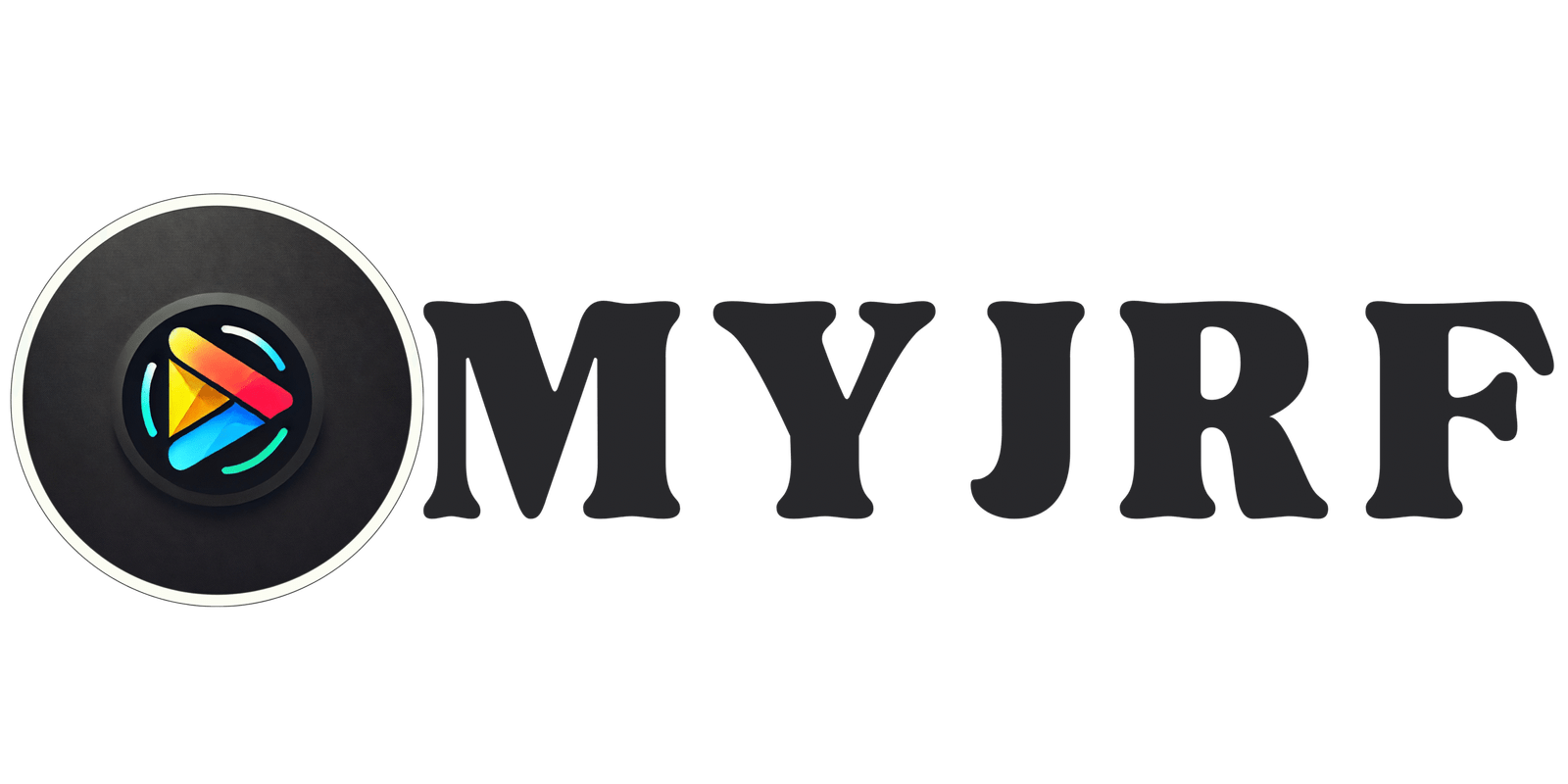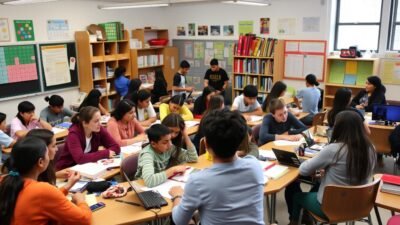In today’s education, assistive technology is key for inclusive learning. The UGC NET Education framework stresses the need for equal access for all. This technology is crucial for helping diverse learners succeed.
Inclusive education is central to UGC NET Education. It ensures every student, no matter their needs or abilities, can reach their full potential. Assistive technology offers tools that help break barriers, engage students, and tailor learning to each individual.
Assistive technology includes tools like screen readers and adaptive learning platforms. These tools help students with different learning styles and abilities. They make learning fair for everyone, helping students with various needs to do well in school.
This article will explore assistive technology in inclusive classrooms. We’ll look at its types, benefits, and challenges. Understanding technology’s role in education helps educators and policymakers support every student’s success.
Key Takeaways
- Assistive technology is essential for inclusive learning environments that meet diverse student needs.
- A variety of assistive technology tools and applications support students with different abilities and learning styles.
- Using assistive technology can improve engagement, make learning personal, and remove barriers to success.
- It’s important to address challenges and work together to integrate assistive technology effectively.
- Teachers need ongoing training in assistive technology to use it well in inclusive classrooms.
Understanding Assistive Technology in Modern Education
In today’s changing education world, assistive technology is key for supporting different learning needs. It includes many tools and devices to help students with physical or cognitive challenges. These tools aim to make learning better for everyone.
Types of Assistive Technology Tools
Assistive technology has grown a lot and includes many tools. Examples are screen readers, text-to-speech software, and interactive whiteboards. These tools help students with various challenges, making learning fun and inclusive.
Benefits for Diverse Learning Needs
- Improved accessibility and inclusion for students with disabilities or learning differences
- Enhanced engagement and motivation through interactive, personalized learning experiences
- Increased independence and self-advocacy skills for students
- Better alignment with the principles of Universal Design for Learning (UDL)
Integration Challenges and Solutions
Using assistive technology in classrooms can be tough. Teachers might face issues like not enough money, lack of training, and resistance to new ideas. But, with good planning, training, and teamwork, these problems can be solved. This makes learning better for everyone.
| Challenge | Solution |
|---|---|
| Lack of funding for assistive technology | Explore grant opportunities, partner with community organizations, and advocate for increased budget allocations |
| Limited teacher training in assistive technology | Implement comprehensive professional development programs and provide ongoing support and resources |
| Resistance to change among educators | Foster a culture of innovation, provide hands-on demonstrations, and highlight the tangible benefits for students |
By knowing about assistive technology, its benefits, and how to use it, teachers can make classrooms better for all. This way, every student can do their best.
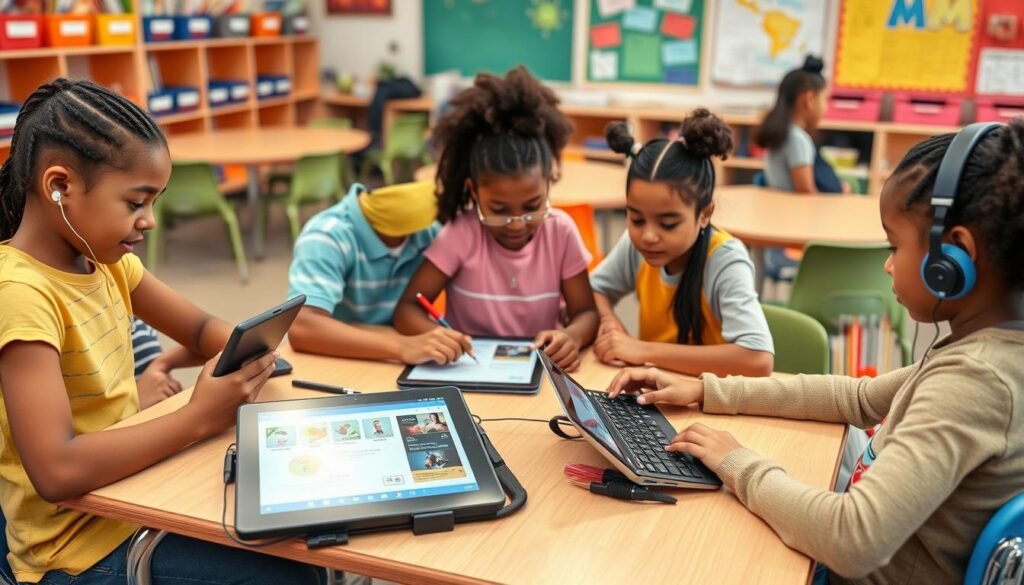
The Evolution of Inclusive Education and Technology
Inclusive education has changed a lot, thanks to technology. Now, technology helps all kinds of learners. This makes classrooms more welcoming for everyone.
In the past, education was not as inclusive. But now, thanks to new ideas like Universal Design for Learning (UDL) and Differentiated Instruction (DI), we have a better way to teach. This approach makes sure every student gets what they need.
Technology has been key in making education more inclusive. It offers tools like screen readers and interactive whiteboards. These tools help students with different abilities to learn better.
Cloud-based platforms and mobile apps have also changed education. They make learning easy for everyone, no matter where they are. This is especially good for students with special needs, who get learning plans just for them.
“The true measure of the success of inclusive education is not just the physical presence of students with diverse needs in the classroom, but their active engagement and meaningful participation in the learning process.”
As inclusive education keeps growing, technology will keep playing a big part. It will help make education fair and open to everyone.
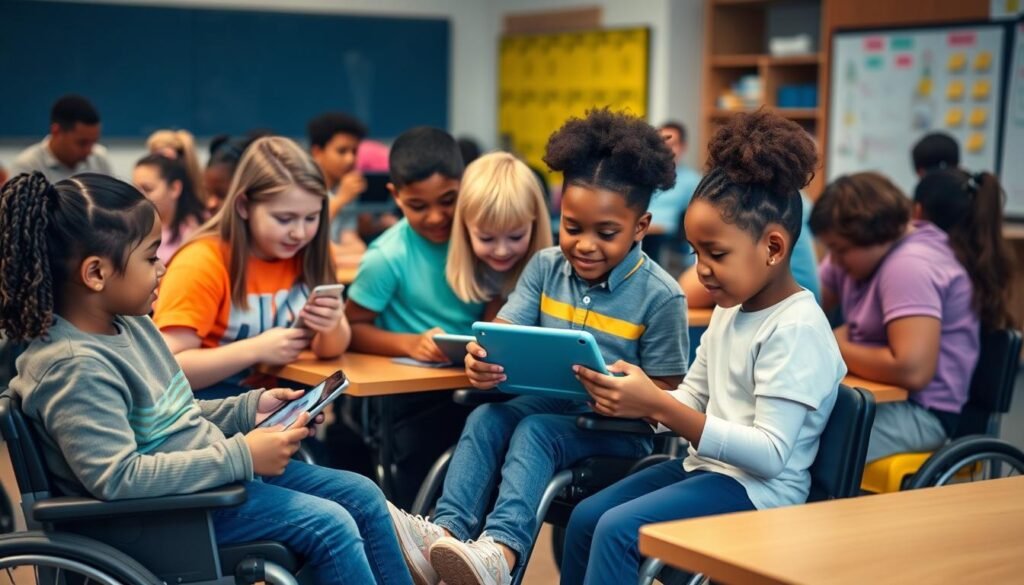
Essential Components of UGC NET Education in Assistive Technology
The UGC NET Education curriculum highlights the importance of assistive technology. It helps create learning environments that are inclusive and accessible. The program focuses on developing key skills, strategic use, and effective assessment methods.
Core Competencies for Educators
To succeed in UGC NET Education, educators need to understand assistive technology well. They should be able to:
- Find the right assistive tools for different learners
- Use assistive technology in teaching methods
- Check if assistive technology improves student results
- Work with tech experts to use technology better
Implementation Strategies
Implementing assistive technology in UGC NET Education requires a detailed plan. Educators should:
- Create a detailed plan for using assistive technology
- Encourage everyone to use technology in a way that includes everyone
- Work with school leaders to get the resources needed
- Keep improving how assistive technology is used based on feedback and changing needs
Assessment Methods
It’s important to check how well assistive technology works. UGC NET Education uses detailed assessment strategies, including:
| Assessment Method | Key Objectives |
|---|---|
| Formative Assessments | Keep track of how students are doing, find out what they don’t know, and change teaching methods |
| Summative Assessments | See if assistive technology helps students meet learning goals |
| Educational Administration Audits | Make sure everything is accessible and find ways to get better |
By learning these key parts of UGC NET Education in assistive technology, educators can help all learners. They can make teaching more inclusive and improve education overall.
Breaking Down Barriers: Accessibility Features in Educational Technology
Creating inclusive learning environments is key. Accessibility features in educational technology play a big role. Developers use leading learning theories to design solutions for all students.
Universal design for learning (UDL) is a big part of this. It makes learning materials and methods flexible for everyone. This helps students with different needs and learning styles.
Assistive technology like text-to-speech and screen readers is changing how students learn. These tools help students with special needs. They make learning more accessible and inclusive.
| Accessibility Feature | Description | Relevant Learning Theory |
|---|---|---|
| Text-to-Speech | Converts written text into spoken audio, enhancing accessibility for students with reading difficulties or visual impairments. | Cognitive Load Theory |
| Closed Captions | Displays text transcripts of audio content, supporting learners with hearing impairments or those who benefit from visual reinforcement. | Dual Coding Theory |
| Customizable Font and Color Schemes | Allows students to adjust text size, spacing, and color contrast to optimize readability and minimize visual strain. | Cognitive Flexibility Theory |
By adding these features, educational technology becomes a tool for inclusion. It helps all students learn and grow in the digital classroom.
“Accessibility is not just about accommodating those with disabilities; it’s about creating a more inclusive and equitable learning experience for all students.”
Creating Universal Design for Learning Through Technology
Universal Design for Learning (UDL) is becoming more popular in education. It makes learning better by offering different ways to engage, represent, and express ideas. Technology helps teachers use UDL in their lessons, meeting the needs of all students.
Principles of Universal Design
UDL focuses on making learning flexible, customizable, and accessible. Its main ideas are:
- Multiple Means of Representation: Students can learn in different ways, like seeing, hearing, or reading.
- Multiple Means of Action and Expression: Students can show what they know in many ways, like writing, speaking, or online.
- Multiple Means of Engagement: Learning is made fun and personal, with many ways to get involved and show progress.
Technology Integration Models
Using technology in the classroom helps with UDL. Models like SAMR and TPACK show how to use digital tools well. They help teachers make lessons better and more engaging.
Customization Options
Technology makes it easy to make lessons fit each student’s needs. Software and digital tools let teachers adjust lessons for everyone. This way, all students can do their best.
| UDL Principle | Technological Implementation | Educational Benefit |
|---|---|---|
| Multiple Means of Representation |
|
|
| Multiple Means of Action and Expression |
|
|
| Multiple Means of Engagement |
|
|
By using UDL and technology, teachers can make learning fun and inclusive for all. This approach, based on educational psychology, improves learning for everyone.
Supporting Different Learning Styles with Digital Tools
Digital tools have changed education a lot. They help teachers reach students in many ways. This makes learning more fun and fair for everyone.
Teachers use pedagogy, educational technology, and learning theories to pick the right tools. This way, every student can learn well, no matter how they learn best.
Catering to Diverse Learning Preferences
Digital tools have lots of features for different learners. Visual learners get a lot from videos and interactive stuff. Audio learners like podcasts and videos. Kinesthetic learners enjoy hands-on digital activities.
| Learning Style | Supportive Digital Tools |
|---|---|
| Visual | Interactive multimedia, virtual simulations, data visualizations |
| Auditory | Podcasts, educational videos |
| Kinesthetic | Interactive digital activities, virtual labs |
Teachers can use these tools to make learning better for everyone. This makes school more fun and fair for all students.
“The future of education lies in the seamless integration of digital tools that empower learners to thrive, regardless of their individual learning styles.”
Digital tools are key in today’s education. They help teachers teach in ways that work for all students. This makes learning better for everyone.
Assessment and Progress Monitoring Using Assistive Technology
Assistive technology has changed education a lot. It helps teachers assess students better and manage schools more efficiently. Digital tools let teachers see how students are doing and adjust their teaching to fit each student’s needs.
Digital Assessment Tools
Digital tools like quizzes and tests make learning fun and interactive. They make it easier to check how well students are learning. Teachers get feedback right away, helping them change their teaching methods.
Data Collection Methods
- Learning management systems (LMS) that track student performance and engagement
- Assistive technology applications with built-in data collection capabilities
- Interactive whiteboards and touchscreen devices that capture student responses
These methods help teachers collect lots of data on student progress. This data helps teachers make better decisions and tailor education to each student.
Progress Tracking Systems
Progress tracking systems give a complete picture of how students are doing. They combine data from different tools, helping teachers see how each student is growing. This way, teachers can spot where students need help and celebrate their successes.
“Effective assessment and progress monitoring are essential for creating inclusive, learner-centered environments that empower every student to reach their full potential.”
Using assistive technology opens up new ways to assess and track student progress. It brings big changes to making education more inclusive and effective for all.
Building an Inclusive Classroom Environment
Inclusive education is key in today’s teaching. Technology helps make classrooms welcoming for all. It lets students learn in ways that fit them best.
At the core of inclusive classrooms is educational psychology. It helps teachers understand how each student learns. Assistive tech makes learning fun and accessible for everyone.
Fostering Collaboration and Engagement
Tools like interactive whiteboards and video calls help students connect. They make learning fun and interactive. This way, everyone gets to join in and learn together.
Personalized Learning Pathways
- Adaptive learning software that adjusts content and pace based on individual student needs
- Text-to-speech and speech-to-text functionalities to support diverse learning modalities
- Customizable digital resources and assistive devices to accommodate unique learning preferences
Teachers can make classrooms inclusive. This way, everyone grows and learns together. It’s all about celebrating differences and helping each student shine.
| Inclusive Education Strategies | Benefits |
|---|---|
| Collaborative Learning Tools | Enhance social interaction, communication, and teamwork skills |
| Personalized Learning Pathways | Cater to diverse learning styles and accommodate individual needs |
| Multisensory Instructional Approaches | Engage students through visual, auditory, and kinesthetic experiences |
Using assistive tech makes classrooms better for everyone. It helps students feel included and succeed. It’s all about creating a place where everyone can thrive.
Professional Development for Teachers in Assistive Technology
The way we teach is changing, and assistive technology is key to making classrooms more inclusive. Teachers need to keep learning to use these tools well. This learning helps them make classrooms better for all students.
Training Programs
Training programs teach teachers how to use assistive technology in class. They learn about different tools and how to use them. This training is important for teaching in a way that works for everyone.
Resource Management
- Teachers need to manage resources well to use assistive technology. This means getting the right tools and keeping them working.
- They also need help and support to use these tools effectively. This helps them solve problems and get the most out of the technology.
Best Practices Implementation
Teachers need to know how to use assistive technology the right way. This means integrating it smoothly, making it fit each student’s needs, and checking how students are doing. By doing this, teachers can make classrooms that work for everyone.
“Assistive technology is not just a tool, but a catalyst for empowering learners and transforming educational experiences. Investment in teacher professional development is key to unlocking its full potential.”
As education changes, using assistive technology is more important than ever. Teachers need to keep learning to use these tools well. This helps them make classrooms that are open and welcoming to all students.
Collaboration Between Educators and Technology Specialists
For assistive technology to work well in inclusive classrooms, educators and tech experts must work together. This partnership helps educators use tech pros’ knowledge. At the same time, tech experts learn about the unique needs of different learners.
Leaders in education are key in making this teamwork happen. They make sure there are the right tools and support for everyone. By keeping up with new tech, they help teachers create classrooms where all students can succeed.
Together, educators and tech experts pick the best tools for each student. This makes learning more accessible for everyone. It also builds a welcoming classroom where all students can do their best.
FAQ
What is the role of assistive technology in inclusive classrooms?
Assistive technology is key in inclusive classrooms. It helps diverse learners by making education better. It supports inclusive education, as seen in UGC NET Education.
What are the different types of assistive technology tools used in modern education?
Modern education uses many tools. These include text-to-speech software, screen readers, and digital note-takers. There are also adaptive input devices and more.
What are the benefits of assistive technology for diverse learning needs?
Assistive technology helps diverse learners a lot. It offers personalized support and removes learning barriers. It makes education accessible to all, no matter their abilities.
What are the common challenges in integrating assistive technology and how can they be addressed?
Integrating assistive technology can face challenges. These include compatibility, training, funding, and user adoption. These can be solved with good planning, educator training, and teamwork.
How has the evolution of inclusive education influenced the development of assistive technology?
Inclusive education’s growth has shaped assistive technology. As education became more inclusive, the need for accessible tech grew. This led to new, innovative solutions for diverse learners.
What are the core competencies required for educators in the field of assistive technology?
Educators need to know about assistive technology tools. They must know how to use them in teaching. They also need to understand how to assess their impact on student learning.
How can educators implement strategies for the effective use of assistive technology in their classrooms?
Educators can start by assessing student needs. They should also get professional development and work with tech specialists. Using a universal design for learning approach helps make learning accessible for all.
What are the assessment methods used to evaluate the effectiveness of assistive technology in educational settings?
To check if assistive technology works, educators use different methods. These include performance assessments, observations, student feedback, and data tracking. These help see how well assistive technology helps students learn.
How can accessibility features in educational technology support inclusive learning?
Accessibility features in tech are very important. They help all students learn by making content accessible. By using these features, all students can engage with learning materials and participate fully.
What are the principles of Universal Design for Learning (UDL) and how can they be implemented through technology?
UDL focuses on giving students different ways to learn. This can be done with technology by offering customization and using various digital tools. It helps create learning environments that meet the needs of all students.
How can digital tools support different learning styles in the classroom?
Digital tools can help by offering multimedia and interactive learning. They also provide personalized feedback. By using these tools, educators can make learning engaging and inclusive for all.
What are the digital tools and methods used for assessment and progress monitoring in the context of assistive technology?
Assistive technology has many digital tools for assessing students. These include adaptive tests and learning analytics. They help track student progress and support educational management.
How can assistive technology contribute to building an inclusive classroom environment?
Assistive technology helps create inclusive classrooms. It promotes collaboration and differentiated instruction. It supports diverse learning needs, making learning accessible and empowering for all students.
What are the key elements of professional development for teachers in the field of assistive technology?
Teachers need training on assistive technology tools and strategies. They should learn about resource management and best practices. This helps them integrate assistive technology into their teaching and create inclusive classrooms.
How can the collaboration between educators and technology specialists enhance the implementation of assistive technology?
Educators and tech specialists working together is key. They can identify student needs, choose tools, and develop strategies. This teamwork ensures assistive technology is used effectively in teaching and learning.
